Designing a personal haven involves deliberate choices about aesthetics, functionality, and how a space influences daily life. Understanding various design philosophies is crucial for making informed decisions. Below, we outline three prominent approaches that shape contemporary living environments, each offering distinct advantages for creating your ideal space.
Core Design Approaches:
-
Minimalist Design: Focuses on simplicity, clean lines, and functionality. Emphasizes decluttering, creating serene, spacious environments with neutral palettes to promote calm.
-
Biophilic Design: Integrates natural elements – plants, light, organic materials – into interiors. Aims to enhance well-being, reduce stress, and improve air quality, connecting with nature.
-
Smart Home Integration: Incorporates advanced technology for automated control of lighting, climate, security, and entertainment. Designed for convenience, energy efficiency, and personalized comfort.
Evaluating Your Design Choices
To effectively compare these approaches, a structured evaluation based on key criteria is essential. This helps in understanding the nuances of each philosophy and how they align with your specific needs and aspirations for a modern living space.
Key Evaluation Criteria:
-
Aesthetic Harmony: How well does the design create a visually pleasing and coherent atmosphere, reflecting personal style and promoting calm?
-
Functional Adaptability: Assesses the design's ability to support daily activities efficiently and adapt to changing needs, ensuring long-term utility.
-
Maintenance & Durability: Examines effort for upkeep and longevity of materials and systems, impacting long-term convenience.
-
Well-being Impact: Measures how design positively influences mental tranquility, physical comfort, and overall occupant health.
Comparative Analysis of Design Approaches
Let's delve deeper into how each design philosophy performs against the established evaluation criteria, offering a comprehensive perspective on their practical application in modern homes.
Minimalist design excels in Aesthetic Harmony, fostering serene, uncluttered spaces with clean lines and neutral palettes, reducing sensory overload. Its Functional Adaptability is high, prioritizing essential items, ensuring every element serves a clear purpose and offering flexibility for evolving needs. Maintenance & Durability are strong points; fewer items mean easier cleaning, and quality materials ensure longevity.
Biophilic design brings Aesthetic Harmony by integrating natural forms, textures, and colors, creating visually rich, calming environments. Functional Adaptability is achieved by thoughtfully placing natural features like plants or water elements, integrating them seamlessly. While Maintenance & Durability for living elements require ongoing care, natural materials often age beautifully.
Smart Home Integration offers Aesthetic Harmony through discreet, seamlessly integrated technology. Its Functional Adaptability is paramount, providing unparalleled convenience by automating tasks and allowing personalized control over systems, adapting instantly to user preferences. Maintenance & Durability involve software updates and occasional hardware checks, with modern systems being robust.
The Well-being Impact of minimalism is profound, promoting mental clarity and reducing stress through an organized environment. Similarly, biophilic design significantly improves mood, reduces stress, and enhances cognitive function by connecting residents with nature, boosting overall comfort and health.
For Smart Home Integration, the Well-being Impact stems from enhanced comfort, security, and efficient energy management, reducing daily friction. Automated routines contribute to a sense of ease and control, improving overall living quality. ProtoConstructionszuv helps integrate these intelligent solutions, making your space truly responsive to your needs.
Tailoring Your Modern Haven: Recommendations
Selecting the right design approach depends entirely on your personal priorities, lifestyle, and vision for your home. Consider these recommendations to guide your decision-making process.
If your priority is a serene, clutter-free environment promoting mental clarity, Minimalist Design is an excellent choice, emphasizing functionality and clean aesthetics. Alternatively, for a deep connection with nature, improved air quality, and enhanced well-being, Biophilic Design creates a refreshing, invigorating sanctuary within your home.
For ultimate convenience, energy efficiency, and personalized control, Smart Home Integration is ideal. It offers seamless automation for lighting, climate, and security, adapting to your lifestyle. This approach suits tech-savvy homeowners desiring a truly responsive and modern living experience that simplifies daily routines.
Often, the most effective solution involves a blended approach, combining elements from these designs to create a unique and highly functional haven. Consider your lifestyle, priorities, and long-term vision. ProtoConstructionszuv specializes in crafting bespoke spaces, guiding you to tailor the perfect design that truly reflects your aspirations for modern living.

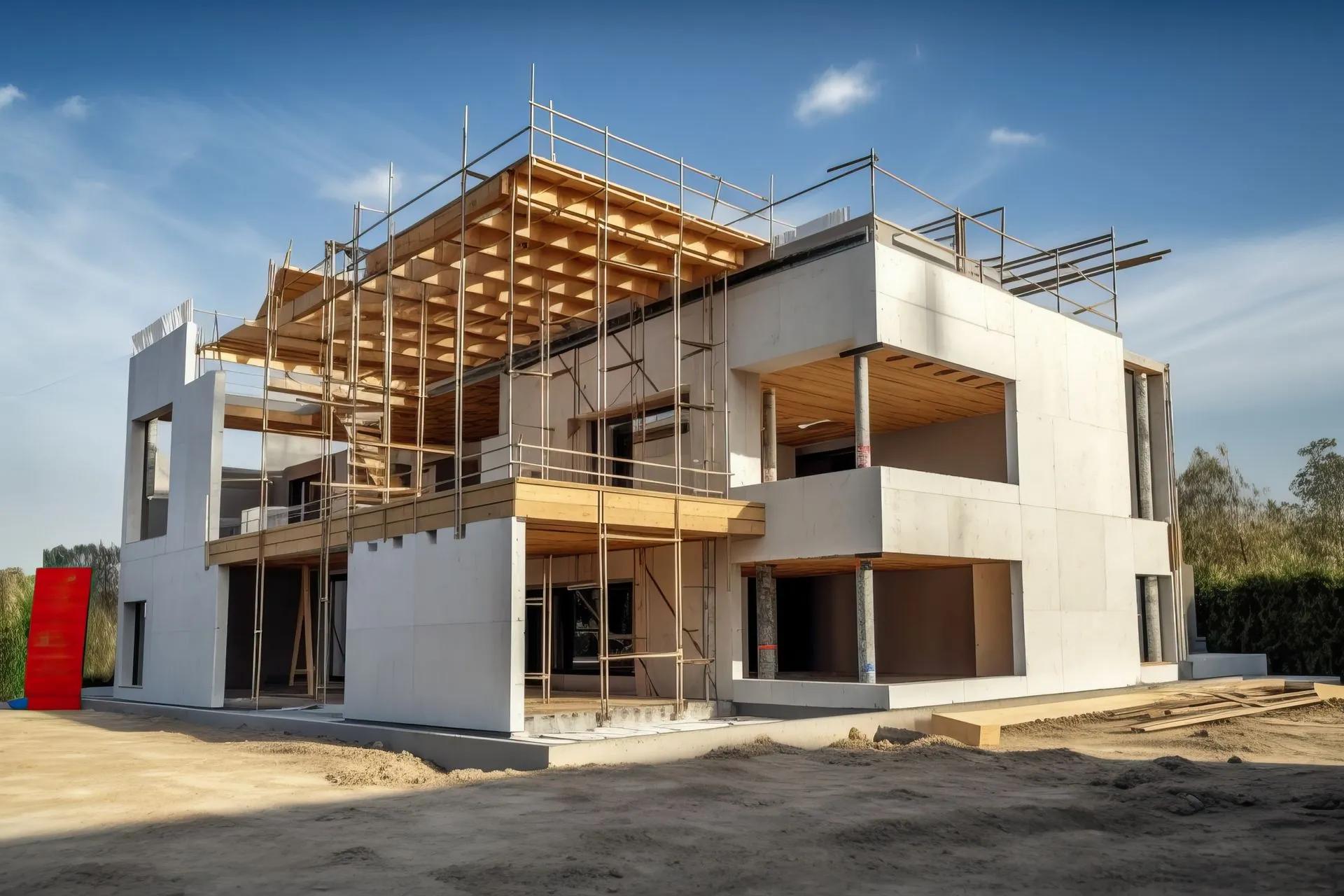
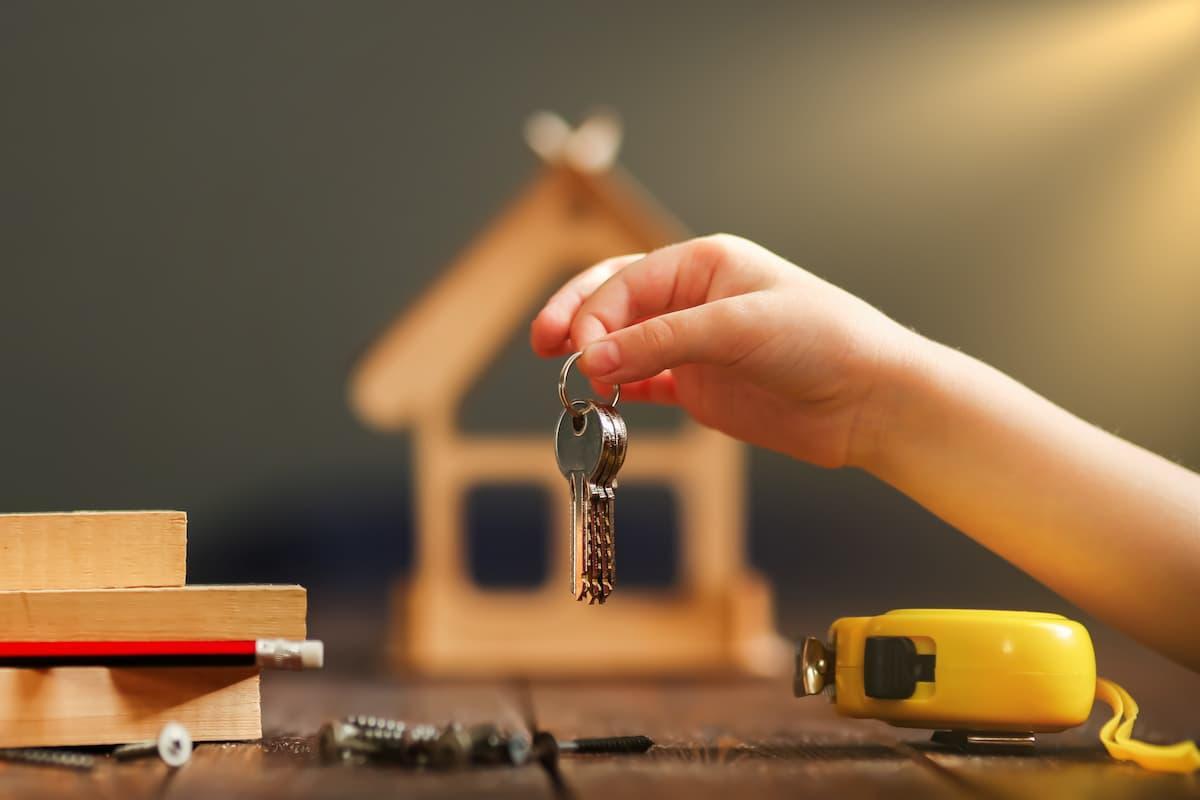



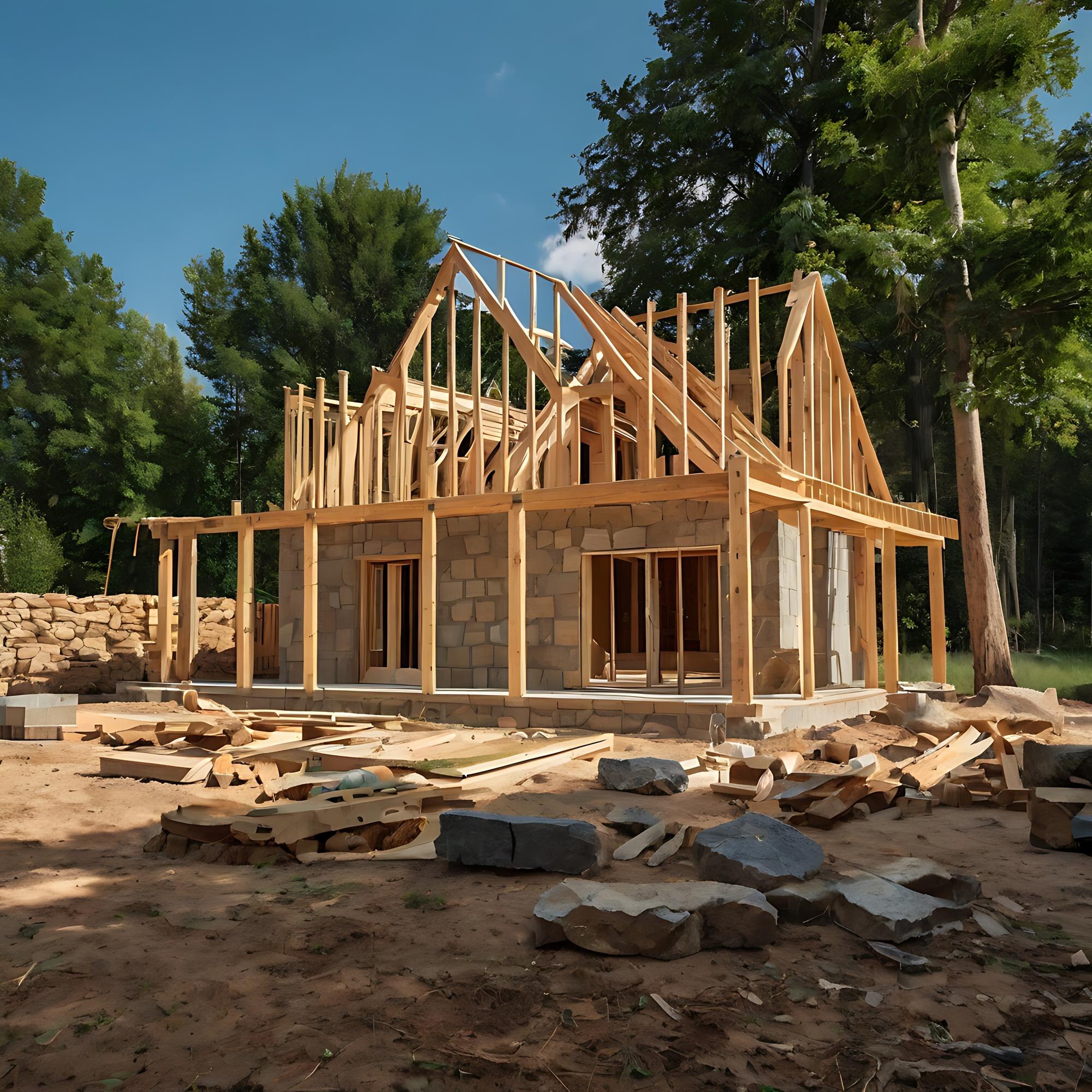
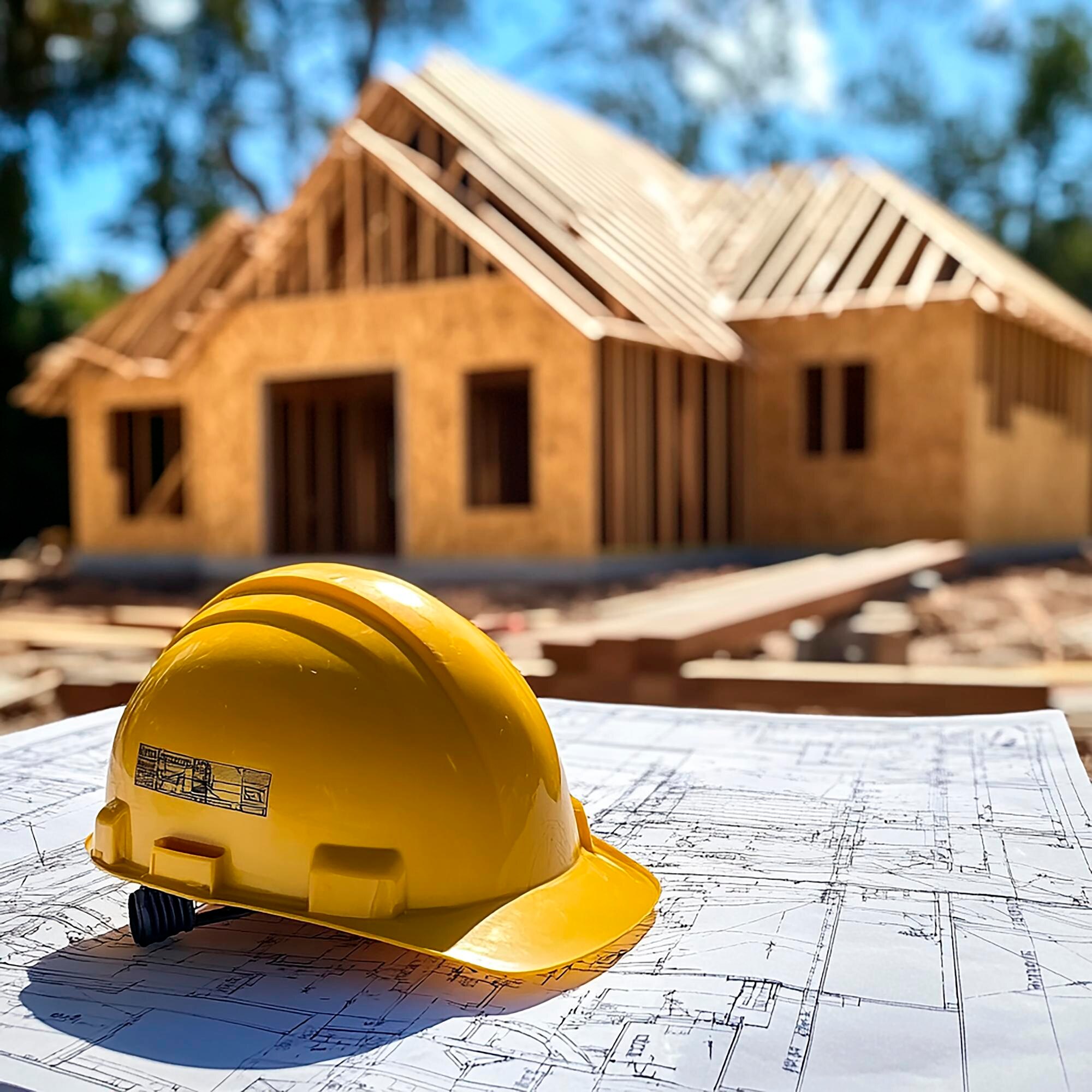
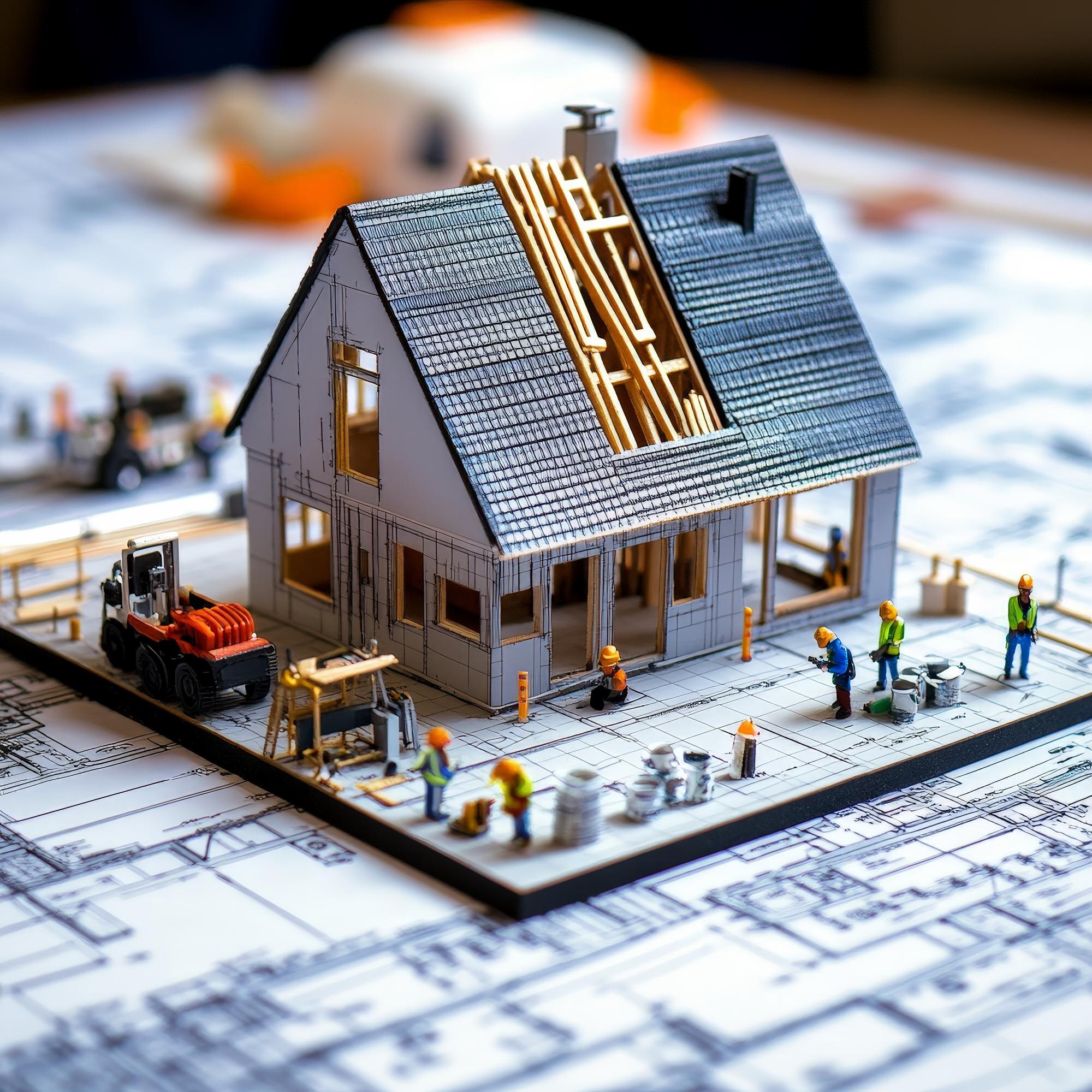

This article offers a clear overview of different design philosophies. It's helpful to see them broken down by criteria. I'm curious about the initial cost implications for each approach, especially smart home systems.
I found the comparison of Biophilic and Minimalist designs particularly insightful. The emphasis on well-being resonates deeply with my personal goals for my living space. Great job explaining the benefits!